A dependable electrical system is essential in any RV. Fuses and circuit breakers protect against dangerous electrical issues by stopping excessive current and safeguarding your wiring and equipment. This guide explains how these devices work and why they’re crucial for your RV’s safety.
Both fuses and circuit breakers prevent overcurrent, which occurs when electrical flow exceeds wiring capacity. This can result from short circuits, overloaded circuits, or damaged appliances. In order to make sure these issues don’t happen, you first need to understand the entire role fuses and circuit breakers play in your RV’s power system. That way, you can avoid them altogether.
How Fuses and Circuit Breakers Work
While both devices protect your RV from overcurrent, they operate on divergent principles designed for different applications within your electrical system. One is a single-use device that sacrifices itself to protect a circuit, while the other acts as a resettable switch.
Fuses: The Single-Use Safeguard
A fuse is a simple, effective safety device. It contains a thin metal alloy strip or wire designed to carry a specific electrical current. If the current exceeds this limit, the strip heats up and melts, breaking the circuit and stopping the dangerous current flow.
Fuses are single-use components; once a fuse “blows,” you’ll need to replace it with a new one of the same amperage. Using a higher-rated fuse defeats its purpose and creates a potential fire hazard. Their simplicity and low cost make them ideal for many low-voltage applications.
Circuit Breakers: The Resettable Switch
A circuit breaker acts as a reusable, automatic switch. Instead of a melting wire, it detects overcurrent using either a bimetallic strip or an electromagnet. When the current exceeds a safe level, the breaker “trips” to the off position, opening the circuit and stopping any and all electrical flow.
Its main advantage here is reusability. Once you’ve resolved the electrical issue, you can manually reset the breaker by flipping it back to the on position. This convenience makes them ideal for high-power systems where faults are more frequent or harder to diagnose.

Applications in an RV Power System
Your RV operates on two distinct electrical systems: a 12-volt DC system and a 120-volt AC system. Fuses and circuit breakers are strategically placed in each system to provide appropriate protection based on the voltage and power demands of the connected devices.
12V DC System
The 12-volt DC system powers most of your RV’s essential low-voltage components when not connected to shore power. This includes your interior lights, water pump, furnace fan, vent fans, and the control panels for appliances like the refrigerator and water heater.
Fuses are the standard protective device for these circuits. You will typically find a fuse panel in a central, accessible location inside your RV, where each fuse is labeled according to the circuit it protects. The simplicity and reliability of fuses make them a perfect fit for the demands of a standard DC system.
120V AC System
The 120-volt AC system powers your household-style outlets and high-demand appliances, such as the air conditioner, microwave, television, and refrigerator (when running on electric mode). This system operates when you plug in your RV to an external power source, like a campground electrical pedestal (shore power) or a generator.
Due to the higher voltage and greater electrical loads, circuit breakers are ideal for protecting this system. The circuit breaker panel, often located near the fuse panel, functions just like the one in a residential home, with individual breakers assigned to different circuits or appliances.
Key Benefits of Fuses and Circuit Breakers
The presence of fuses and circuit breakers offers several crucial benefits, which is why they play a big role in your RV’s power system. Each of which will contribute to the reliability of your vehicle and peace of mind on the road.
Safety
The most important benefit is safety. By preventing wires from overheating, these devices are your first line of defense against electrical fires. An overcurrent situation can heat a wire to its ignition point in seconds, but a correctly rated fuse or breaker will interrupt the circuit long before that happens, protecting both your property and your well-being.
Appliance Protection
Modern RVs have a large quantity of sensitive and expensive electronics, from entertainment systems to advanced refrigerator control boards. Power surges or electrical faults can easily damage these components, leading to costly repairs. Fuses and circuit breakers shield these appliances from harmful overcurrents, ensuring they operate reliably for years to come.
System Segmentation
Each circuit in your RV is individually protected. This means that if a fault occurs in one area—for instance, a short in a specific light fixture—only the fuse or breaker for that particular circuit will be affected. The rest of your RV’s electrical system will continue to function normally. This segmentation makes it much easier to troubleshoot problems, as the blown fuse or tripped breaker immediately points you to the source of the issue.

User Convenience and Design
While there’s a notable difference between fuses and circuit breakers in terms of convenience and design suitability, neither is significantly worse than the other. Circuit breakers are generally more user-friendly for the 120V AC system. If a breaker trips, you can quickly see which one has been affected and reset it with a simple flip of a switch. This is especially helpful for high-power appliances that might occasionally trip a breaker under heavy load.
Even though fuses are a bit more complicated, they’re still fairly straightforward and cost-effective, making them ideal for the numerous low-voltage circuits in the 12V DC system. The only real challenge is the need to replace fuses when they blow. As long as you carry some spares, you’ll be ready for any electrical issues that come your way. Their compact size and simplicity align perfectly with the needs of DC power distribution.
Switching Between Power Systems
Due to the nature of RVs, they need to be versatile and capable of operating on different power sources. This flexibility isn’t always easy to achieve, but it’s made possible by two key devices that manage the conversion of power, which are converters and inverters.
Power Converters
When you plug your RV into a 120V AC power source, the power converter takes that AC electricity and transforms it into 12V DC power as needed. This accomplishes two things: it powers all your 12V DC appliances and systems, and it simultaneously charges your RV’s house battery. This ensures that your lights, water pump, and other DC-powered devices work seamlessly without draining your battery, making power converters for RVs a necessity.
Inverters
An inverter performs the opposite function. It can take the 12V DC power stored in your house battery and convert it into 120V AC power. This allows you to run certain AC appliances, like a TV, coffee maker, or laptop charger, even when disconnected from shore power or when running a generator. The capacity of the inverter determines which appliances it can support, as high-draw items like microwaves and air conditioners require a significant amount of power. Inverters aren’t always necessary, but they can be quite valuable in a pinch.


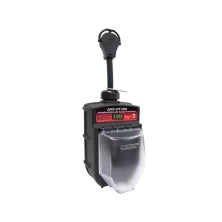
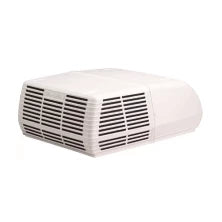
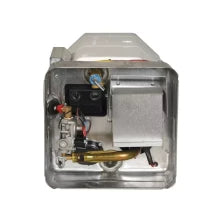
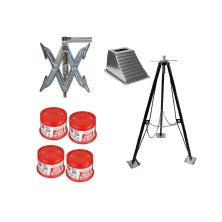
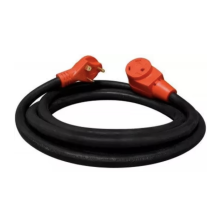
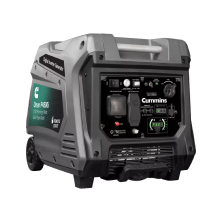

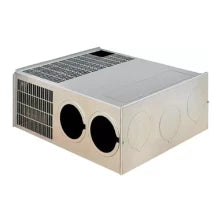


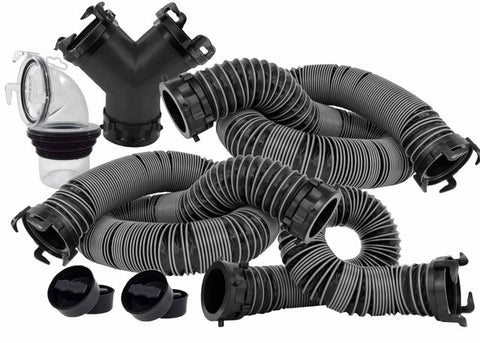

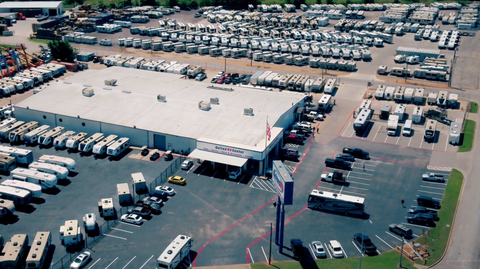
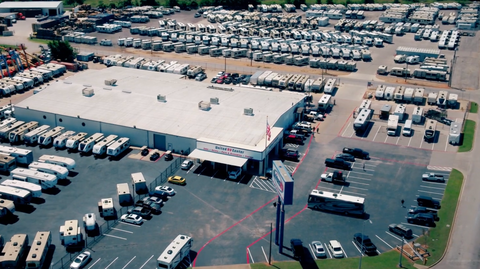
Comments (0)
There are no comments for this article. Be the first one to leave a message!